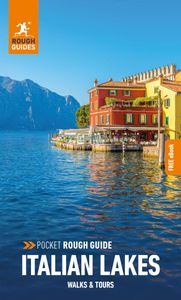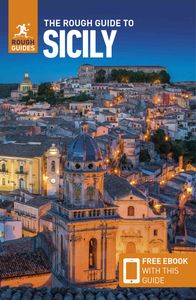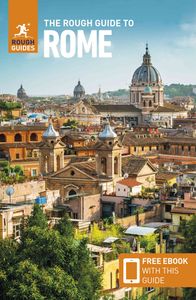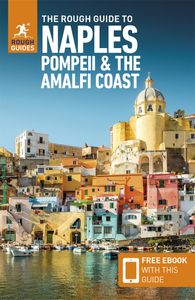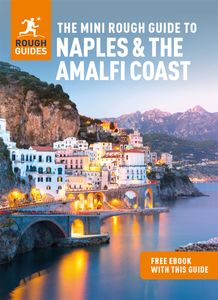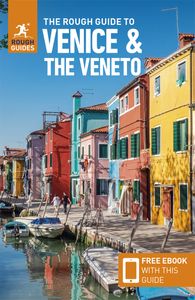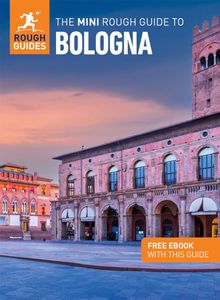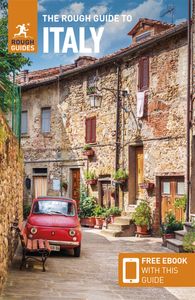Brief history of Palermo
Occupying a superb position in a wide bay beneath the limestone bulk of Monte Pellegrino, Palermo was originally a Phoenician, then a Carthaginian colony. Its mercantile and strategic attractions were obvious, and under Saracen and Norman rule in the ninth to twelfth centuries it became the greatest city in Europe, famed both for the wealth of its court, and as an intellectual and cultural melting-pot that brought together the best of Western and Arabic thought. There are plenty of relics from this era, but it’s the rebuilding of the sixteenth and seventeenth centuries that really shaped the city centre. In the nineteenth century, wealthy Palermitani began to shun the centre for the elegant suburbs of new “European” boulevards and avenues to the north of Piazza Politeama, which still retain some fine Art Nouveau buildings.
During World War II Allied bombs destroyed much of the port area and the medieval centre (including seventy churches), and for decades much of central Palermo remained a ramshackle bombsite. It is only recently that funds from Rome and the EU have united with political willpower to kickstart the regeneration of the historic centre, though as hundreds of abandoned buildings still testify, there is still a way to go.
Monreale
The Norman cathedral at Monreale (Royal Mountain) holds the most impressive and extensive area of Christian medieval mosaic-work in the world, the undisputed apex of Sicilian-Norman art. This small hill-town, 8km southwest of Palermo, commands unsurpassed views down the Conca d’Oro valley, to the capital in the distant bay.
The severe, square-towered exterior of the Duomo is no preparation for what’s inside. The mosaics were almost certainly executed by Greek and Byzantine craftsmen, and they reveal a unitary plan and inspiration. What immediately draws your attention is the all-embracing half-figure of Christ in the central apse, the head and shoulders alone almost twenty metres high. Beneath sit an enthroned Madonna and Child, attendant angels and, below, ranks of saints, each individually and subtly coloured and identified by name. Worth singling out here is the figure of Thomas à Becket (marked SCS Thomas Cantb), canonized in 1173, just before the mosaics were begun. The nave mosaics are no less remarkable, an animated series that starts with the Creation (to the right of the altar) and runs around the whole church. Most scenes are instantly recognizable: Adam and Eve, Abraham on the point of sacrificing his son, a jaunty Noah’s Ark; even the Creation, shown in a set of glorious, simplistic panels portraying God filling his world with animals, water, light … and people. Ask at the desk by the entrance to climb the terraces in the southwest corner of the cathedral. The steps give access to the roof and leave you standing right above the central apse – an unusual and precarious vantage-point.
It’s also worth visiting the cloisters, part of the original Benedictine monastery established here in 1174. The formal garden is surrounded by an elegant arcaded quadrangle, 216 twin columns supporting slightly pointed arches – a legacy of the Arab influence. No two capitals are the same, each a riot of detail and imagination: armed hunters doing battle with winged beasts, flowers, birds, snakes and foliage. Entrance to the cloisters is from Piazza Guglielmo, in the corner by the right-hand tower of the cathedral.









